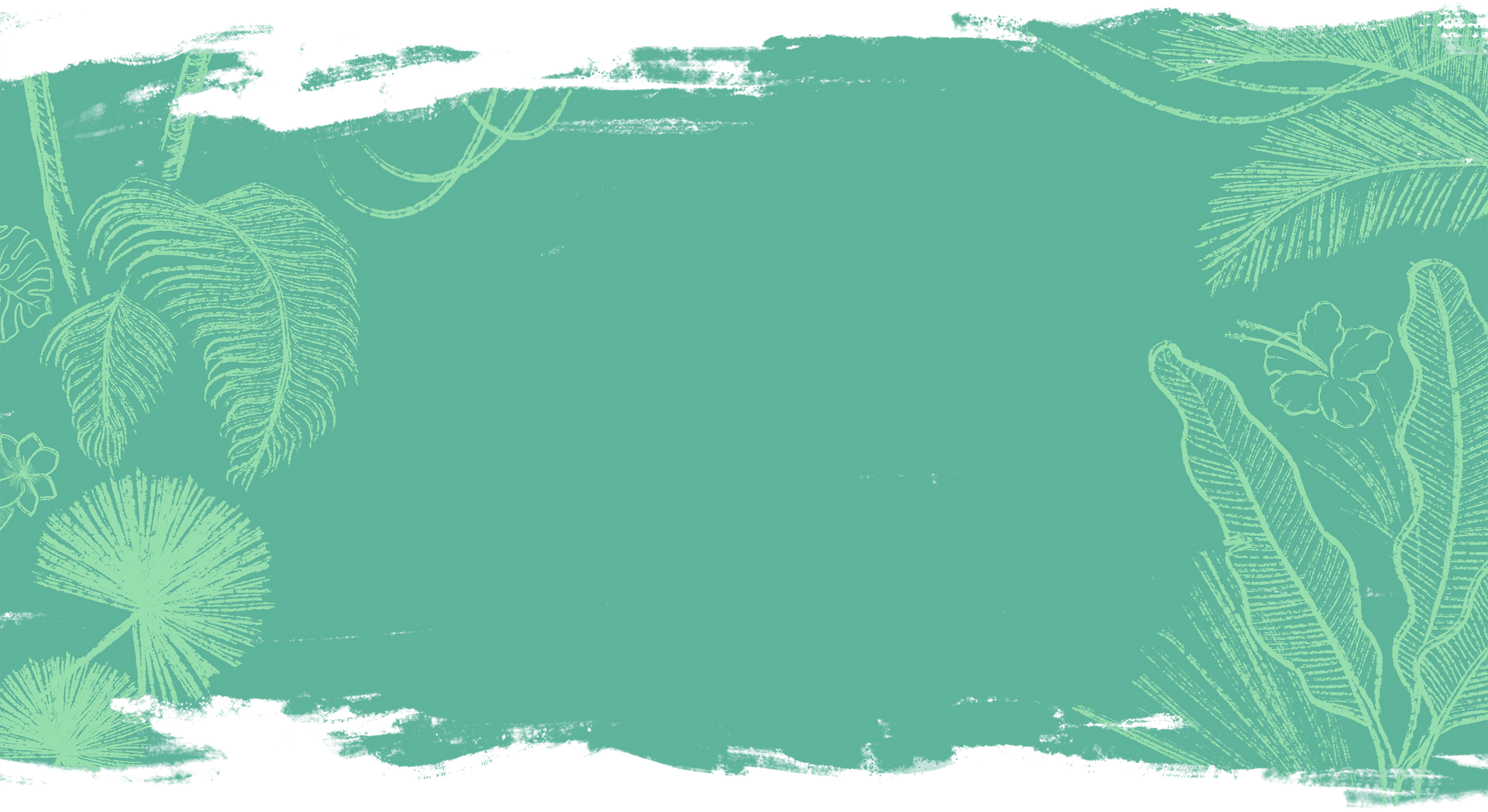
Axolotl 101
An Axolotl commonly referred to as a Mexican Walking Fish is a unique creature, they never undergo metamorphosis meaning this amphibian lives entirely underwater. If you are interested in getting one the rule of thumb for space is a 20-gallon aquarium for one and add 10 gallons per additional Axolotl. For example, if you have 2 then a 30-gallon tank is preferred. This is because Axolotls grow to be about a foot long after a year.
Tank cycling is a very important process that has to happen prior to putting the axolotl in the aquarium. You can always tub them with 100% daily water changes with fresh dechlorinated water (my go-to is a 5-gallon jug from my local supermarket of spring water for the changes). If you are asking what a nitrogen cycle is, and are not familiar with cycling please click the link below for an easy way to start a newly cycled aquarium
Once the tank's water is ready decor and substrate are the next crucial part of making a healthy and happy Axolotl. ABSOLUTELY NO ROCKS, PEBBLES, OR GRAVEL they will eat them and not be able to chew or digest them it is a deadly mistake. I personally like a sand substrate or a natural large tile for an inexpensive way to give a nice natural look to my tanks. Decor must be smooth with no sharp points or ruff, surfaces that could threaten the slime coat and overall wellbeing of the Axolotl. Many Axolotl owners like using flower posts as hides, a nice hide that is water-friendly from the reptile section, or even nontoxic large floor slate. It is important to have at least one hid per axolotl so they have somewhere to stay comfy and cozy, away from any light source. Axolotls DO NOT LIKE LIGHT they prefer the dark which is essential when looking for live plants because they need to be able to thrive without light. Some of my favorite live plants that are Lotl safe include any variety of Anubias, Java Fern, Moss Balls (Marimo Moss), and Java Moss. As for artificial plants as long as they can support the heavy little buggers and are soft (they make silk plants) they will love 'em!
Tank Cycling


*images are not made by myself and may be subject to copyright
Nitrifying bacteria (Gerardi, 2002) (M., 2009)
Substrates & Decor
Food and Treats
Staple Foods
-
Canadian nightcrawlers
-
Dew Worms
-
European Nightcrawlers
-
Red Wigglers
-
Axolotl pellets
-
Repashy Grub Pie
-
Blackworms (mainly for babies because it can be extremely costly for adults)
Also if you have a small Axolotl they might not be able to consume and entire worm so cutting them to the proper size is very common until they are fully grown.
*All fish and shrimp should be quarantined for 30 days prior to feeding. All live food should be used with caution.
For Stimulation
-
Guppies
-
Swordtails
-
Mollies
-
Platies
-
White Cloud minnow
-
Cherry shrimp
-
Ghost shrimp
Don't get too attached because the Axolotl will eventually consume them or if too many are in they might nip and pick at your Axolotl.
In a bind
-
Frozen Bloodworms
-
Frozen Brine Shrimp Cubes
-
RAW Fish (such as Salmon)
Please be mindful that these have little to no nutritional value and can be addictive so it is okay as a treat or once in a while.
Treats
-
Waxworms
-
Black Fly Larvae
-
Maggots
-
Fruit Fly Larvae
-
Horned Worms (Ensure to REMOVE horn)
-
Frozen blood worms
-
Not Recommended
-
Superworms
-
Mealworms
-
Crickets
-
Feeder Minnows
-
Goldfish
-
Beef, Lamb, chicken, any raw meat besides fish
-
Nothing with a shell or exoskeleton (including snails)
-
Fruits
-
Vegetables
-
Any worms found outside where pesticides have been used

Water Temperature


Water temperature should stay between 60-68 degrees Farenheight. Any temperate over 70 is considered very dangerous due to the native cool mountain climate they originate from. If you need to cool down a tank water coolers, fans blowing on the top water surface, or frozen water bottles work as well. Drastic changes in temperature can also cause distress so do NOT lower the temperature too quickly, give them time to adjust. If you still have trouble with temperate keeping the aquarium on the lowest level of your home (because heat rises) and putting the tank in front of an ac unit has helped as well.


-
1) Water Test Kit (I prefer API liquid kits, NO test strips they aren't as accurate) https://www.amazon.com/API-FRESHWATER-800-Test-Freshwater-Aquarium/dp/B000255NCI
-
2) Dechlorinator/Water conditioner (Prime) https://www.petco.com/shop/en/petcostore/product/seachem-prime
-
3) Turkey Baster for daily waste spot cleanings https://www.amazon.com/BNYD-Turkey-Baster/dp/B01GQSTK1O
-
4) Magnet and/or sponge glass cleaner https://www.amazon.com/API-SCRAPER-Aquariums-1-Count-Container/dp/B000255NH8/ref=sr_1_1?dchild=1&keywords=API+sponge+cleaner&qid=1608006479&sr=8-1
-
5) Tubs in case of emergencies or quarantine (brand new) https://www.amazon.com/Rubbermaid-Storage-ContainerGallon1777164/dp/B000WEMFGQ/ref=sr_1_1crid=37CVF959J4BM6&dchild=1&keywords=rubbermaid+container&qid=1608006671&sprefix=rubber+made+con%2Caps%2C164&sr=8-1
-
6) 5-gallon Bucket(s) & siphon for water changes https://www.amazon.com/25-Foot-Python-Aquarium-Maintenance/dp/B000255NXC/ref=sr_1_39crid=1WQA63STATUZQ&dchild=1&keywords=siphon+aquarium+siphon&qid=1608006761&sprefix=syphon+a%2Caps%2C178&sr=8-39
-
7) Tongs for feeding https://www.amazon.com/Zoo-Med-Angled-Stainless-Feeding/dp/B0716DCC63/ref=sr_1_6?crid=3HF2WSNS1PEOI&dchild=1&keywords=feeding+tongs&qid=1608006927&sprefix=feeding+%2Caps%2C207&sr=8-6



